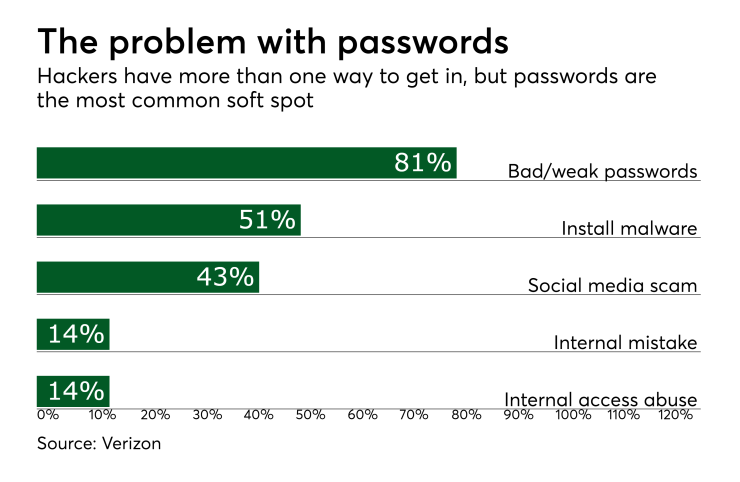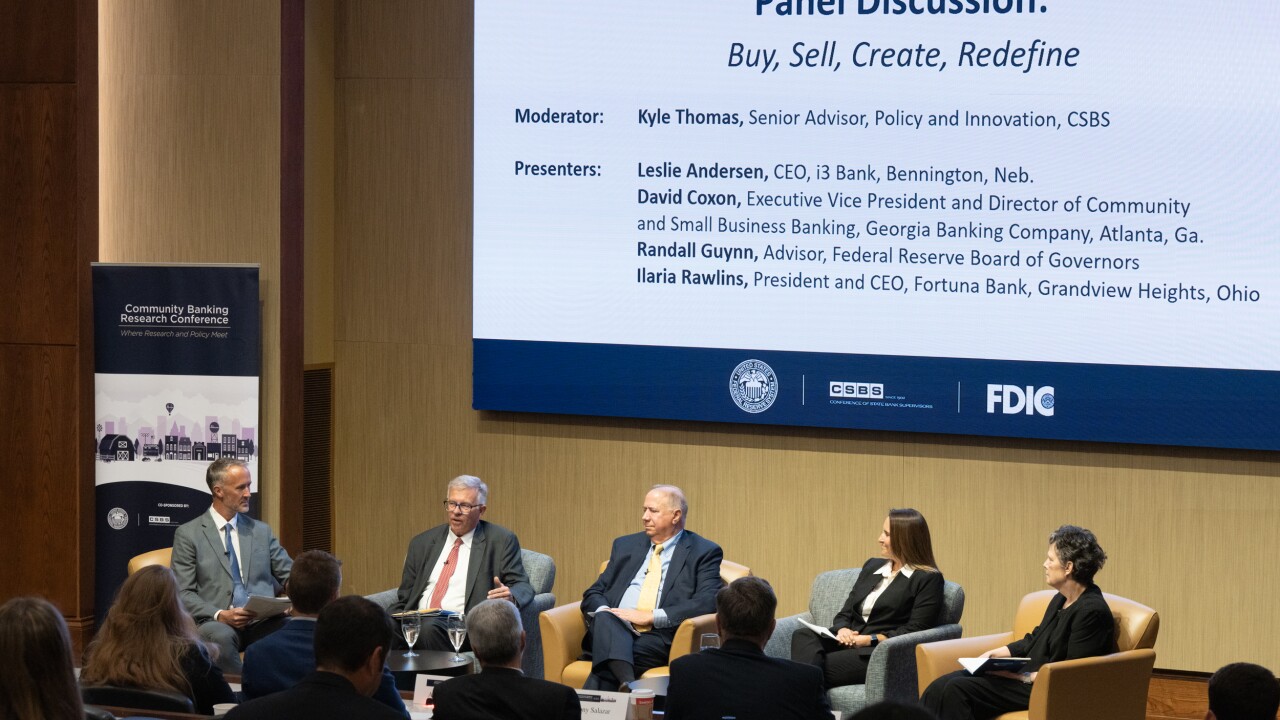One challenge for the payments industry is the infrastructure we've been relying on for the last 50 to 100 years to risk-rate people is fundamentally based on credit bureaus and the notion that we have to get into debt in order to prove ourselves as trustworthy. This model doesn't apply to millennials and Generation Z, or even the rest of the world.
The demographics of the world we live in have fundamentally changed. In the U.S., for example, large portions of the population and workforce will be millennials and Generation Z within the next few years. One common thread these groups share share is the fact that they're mobile-first, want instant gratification, and have lived and grown up in this digital economy.
Credit from a global perspective is only available in 14 countries, and three of them (Japan, Australia and Germany) don't use it. For cultural reasons, they view credit as debt. Meanwhile, 180 countries, large growing nations, don't have credit systems at all. People live off cash.

This offline, static data model forces thin file, young people and those living on cash out of the system. It actually causes financial exclusion.
When we look at the future, identity has to be dynamic and can't be based on static attributes that can be, and mostly are, stolen (see Experian breach). Identity is after all contextual. Millennials and Gen Z are conditioned to expect a frictionless user experience. Whenever they’re required to identify themselves they want it to be instant. They don't want to have to wait two days for some batch process to execute somewhere or turn up at a branch location with physical documents.
At its core, industries are relying on a credit bureau system that rejects nearly 50 percent of applicants. And that system is antiquated, static and reactive to issues like fraud and identity theft. That’s a problem.
Digital footprints offer a better alternative. Everyone uses mobile applications. We all create digital exhaust. We create connections with other people in the real world over time. Those connections show up online in social networks. By combining different types of structured and unstructured online data with the traditional offline data and applying data science to it, we can much more reliably discern whether a person's identity is real, synthetic, stolen or fake.
This model has been proven at scale to produce orders of magnitude more accurate decisions, in real time, for accepting new customers and for verifying existing ones. As a byproduct, it eliminates second-day treatment and outdated, step-up technology like knowledge-based authentication or even documentary verification. All of which should be options of last resort before manual review and transaction abandonment.




